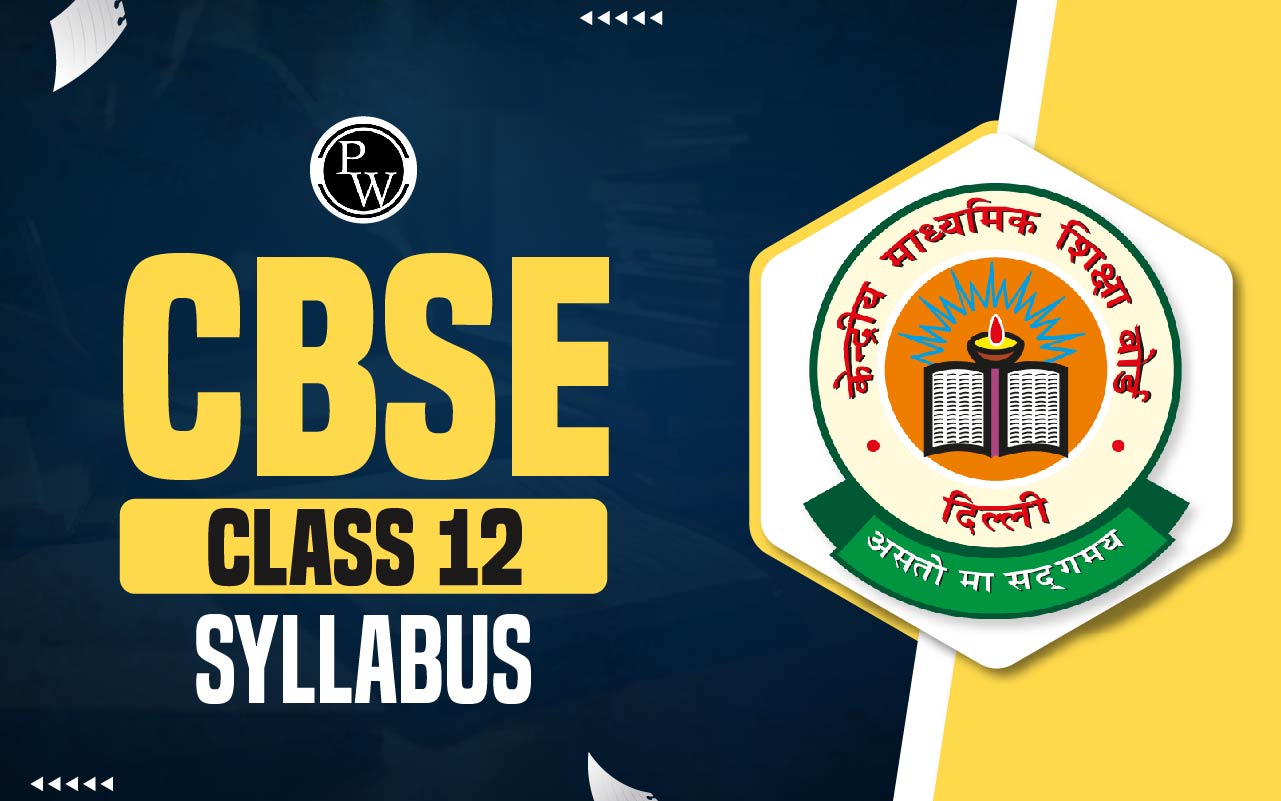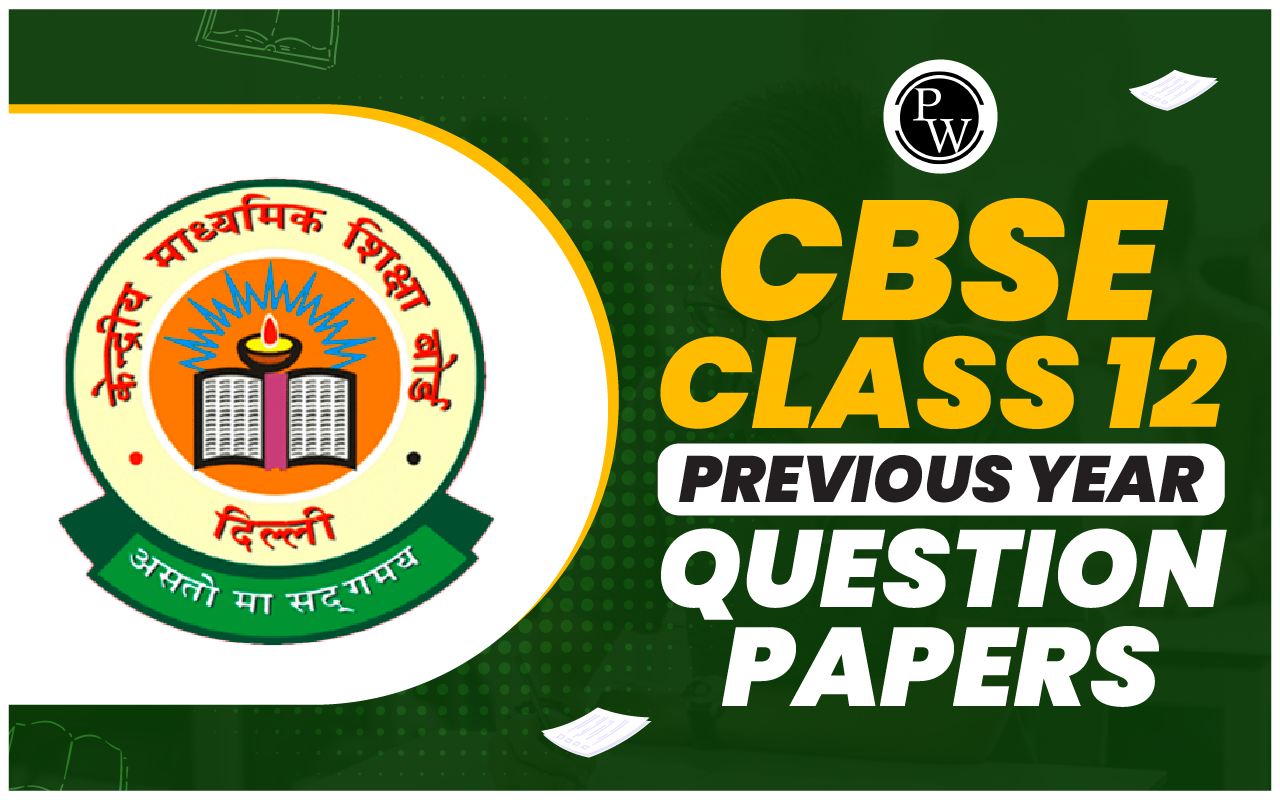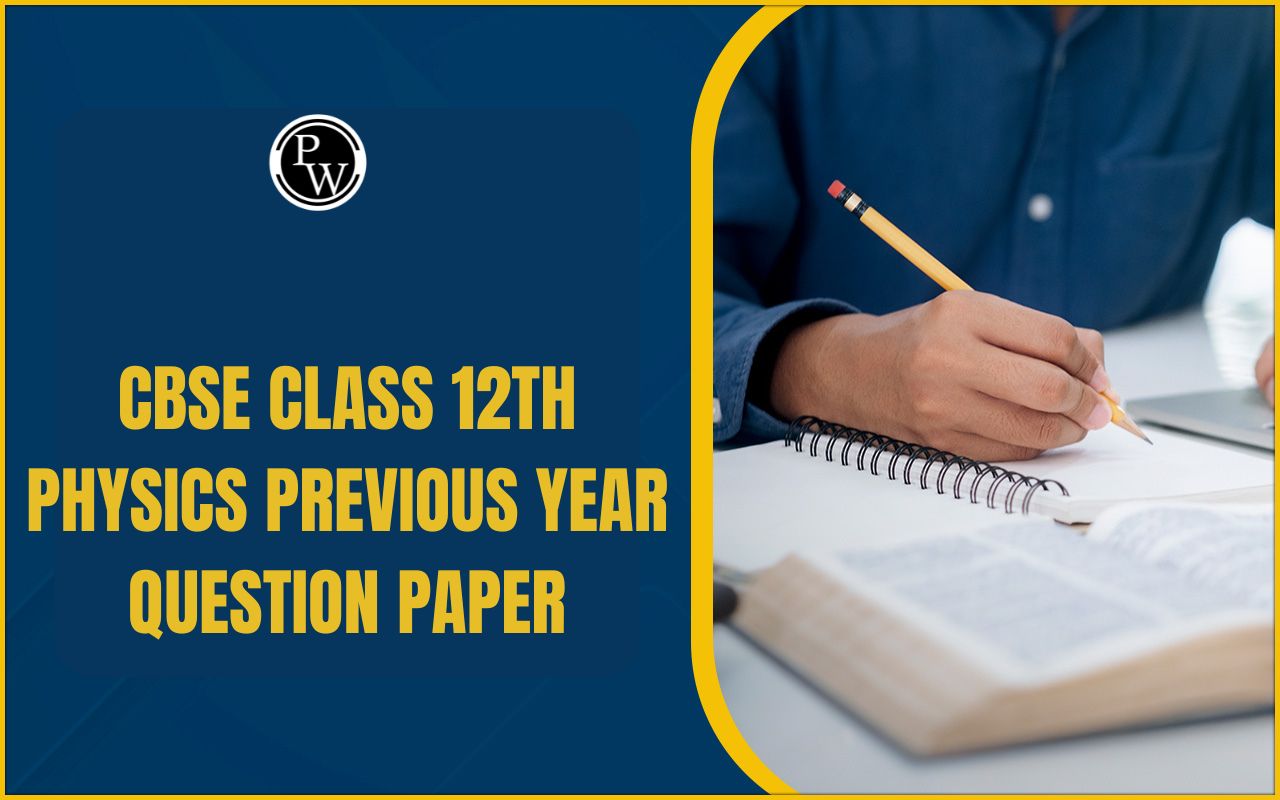
NCERT Solutions for Class 12 Biology Chapter 1: NCERT Solutions for Class 12 Biology Chapter 1 Sexual Reproduction in Flowering Plants provide detailed and clear answers to all the exercise questions, helping students understand the complex process of sexual reproduction in plants.
The chapter covers key topics such as the structure of reproductive organs, pollination (self and cross-pollination), the process of fertilization, and the development of seeds and fruits. It also explains the concept of double fertilization and the role of various agents like wind, water, and insects in pollination. By studying these solutions students gain a thorough understanding of the mechanisms behind plant reproduction and how it contributes to genetic diversity and evolution in flowering plants. These solutions include helpful diagrams and step-by-step explanations that make learning easier and more comprehensive.NCERT Solutions for Class 12 Biology Chapter 1 Overview
Chapter 1 of Class 12 Biology titled Sexual Reproduction in Flowering Plants is a fundamental chapter that focuses on the reproductive processes in plants. This chapter introduces students to the intricacies of how flowering plants reproduce sexually, covering various stages and aspects of reproduction, from the formation of gametes to seed development. Here is an overview of the key topics covered in the chapter:Key concepts covered in the chapter include:
Reproductive Structures :
- Male reproductive organ : The stamen, consisting of the anther and filament, which produces pollen grains (male gametes).
- Female reproductive organ : The pistil, consisting of the stigma, style, and ovary, where ovules (female gametes) are produced.
Pollination :
- The transfer of pollen from the anther to the stigma. This can occur through self-pollination (within the same flower or plant) or cross-pollination (between different plants). Various pollinating agents, such as wind, insects, and animals, play a role in this process.
Fertilization :
- After pollination, fertilization takes place, where the male gamete (pollen) fuses with the female gamete (ovule). The chapter explains the process of double fertilization , which is unique to angiosperms, where one sperm fuses with the egg cell to form the zygote, and another sperm fuses with two polar nuclei to form the endosperm.
Seed and Fruit Formation :
- Following fertilization, the zygote develops into a seed, while the ovary transforms into a fruit. The chapter also discusses the structure of seeds, including the embryo, cotyledons, and seed coat.
Significance of Sexual Reproduction :
- Sexual reproduction in plants contributes to genetic variation, which is essential for the evolution of plant species.
NCERT Solutions for Class 12 Biology Chapter 1 PDF
The PDF link is available below for NCERT Solutions for Class 12 Biology Chapter 1 Sexual Reproduction in Flowering Plants. Download the PDF to enhance your preparation and strengthen your understanding of plant reproduction.NCERT Solutions for Class 12 Biology Chapter 1 FAQs
What is sexual reproduction in flowering plants?
Sexual reproduction in flowering plants involves the fusion of male and female gametes (pollen and ovule) to form a zygote. This process results in the production of seeds that can develop into new plants. The main stages include pollination, fertilization, seed development, and fruit formation.
What is fertilization in plants?
Fertilization occurs when a male gamete (sperm) fuses with a female gamete (egg) in the ovule.
What is double fertilization?
Double fertilization is a unique feature of flowering plants where two fertilization events occur. One sperm fuses with the egg to form the zygote, and the second sperm fuses with two polar nuclei in the central cell of the ovule to form the triploid endosperm, which provides food for the developing embryo.
What is the role of the ovary in sexual reproduction in plants?
The ovary is part of the gynoecium (female reproductive organ). After fertilization, the ovary develops into the fruit, and the ovule inside the ovary develops into the seed.
How does the seed form after fertilization?
After fertilization, the ovule develops into a seed. The fertilized egg cell becomes the embryo, and the surrounding ovule tissue forms the seed coat. The ovary becomes the fruit, which protects the seed and aids in its dispersal.
🔥 Trending Blogs
Talk to a counsellorHave doubts? Our support team will be happy to assist you!

Check out these Related Articles
Free Learning Resources
PW Books
Notes (Class 10-12)
PW Study Materials
Notes (Class 6-9)
Ncert Solutions
Govt Exams
Class 6th to 12th Online Courses
Govt Job Exams Courses
UPSC Coaching
Defence Exam Coaching
Gate Exam Coaching
Other Exams
Know about Physics Wallah
Physics Wallah is an Indian edtech platform that provides accessible & comprehensive learning experiences to students from Class 6th to postgraduate level. We also provide extensive NCERT solutions, sample paper, NEET, JEE Mains, BITSAT previous year papers & more such resources to students. Physics Wallah also caters to over 3.5 million registered students and over 78 lakh+ Youtube subscribers with 4.8 rating on its app.
We Stand Out because
We provide students with intensive courses with India’s qualified & experienced faculties & mentors. PW strives to make the learning experience comprehensive and accessible for students of all sections of society. We believe in empowering every single student who couldn't dream of a good career in engineering and medical field earlier.
Our Key Focus Areas
Physics Wallah's main focus is to make the learning experience as economical as possible for all students. With our affordable courses like Lakshya, Udaan and Arjuna and many others, we have been able to provide a platform for lakhs of aspirants. From providing Chemistry, Maths, Physics formula to giving e-books of eminent authors like RD Sharma, RS Aggarwal and Lakhmir Singh, PW focuses on every single student's need for preparation.
What Makes Us Different
Physics Wallah strives to develop a comprehensive pedagogical structure for students, where they get a state-of-the-art learning experience with study material and resources. Apart from catering students preparing for JEE Mains and NEET, PW also provides study material for each state board like Uttar Pradesh, Bihar, and others
Copyright © 2025 Physicswallah Limited All rights reserved.
Get App
 The development of a 7-celled, 8-nucleate female gametophyte occurs as follows:
The development of a 7-celled, 8-nucleate female gametophyte occurs as follows:









